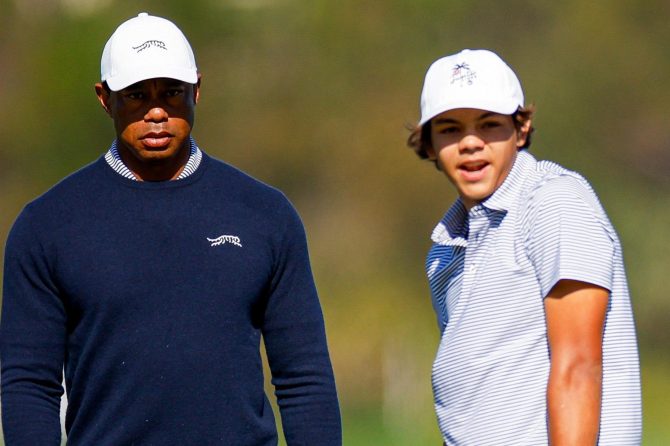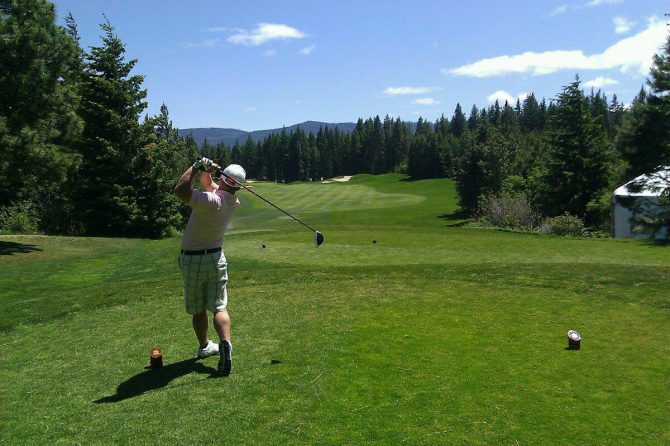The advent of kinesiological slow motion analysis has revolutionized the understanding of human movement patterns, providing an invaluable tool for performance analysis, clinical diagnostics, and injury prevention. This technique allows researchers and practitioners to meticulously examine the mechanics of movement by capturing and replaying footage at varying speeds. As a result, slow motion analysis has illuminated the subtle nuances of human locomotion, offering unprecedented insights into the intricacies of physical performance.
– Enhanced Spatial Reasoning and Problem-Solving
Enhanced Spatial Reasoning and Problem-Solving
By analyzing movements in slow motion, individuals are forced to pay attention to subtle cues and details that may otherwise go unnoticed. This heightened awareness of spatial relationships and movement patterns fosters the development of a keen eye for detail, which is essential for effective spatial reasoning and problem-solving. Furthermore, the visual and kinesthetic information gained from slow-motion analysis improves the ability to mentally rotate and manipulate spatial images, enabling individuals to better understand and solve complex problems.
Slow-motion analysis also allows for a deeper understanding of the cause-and-effect relationships inherent in movement and human performance. By observing the temporal sequence of events and the interactions between various body parts, individuals develop a more thorough comprehension of how the body moves and responds. This enhanced understanding provides a solid foundation for solving problems related to movement and optimizing performance, as practitioners can identify and address underlying issues that may not be apparent at normal speeds.
As individuals engage in slow-motion analysis, they are forced to break down complex movements into smaller, more manageable components. This process of decomposition improves the ability to identify and isolate key factors that contribute to movement outcomes. This analytical mindset translates beyond the realm of movement, enhancing the ability to dissect and analyze complex problems across a wide range of domains.

– Refined Observational Skills and Attentional Control
Refined Observational Skills and Attentional Control
One of the most striking cognitive effects of slow motion analysis is its impact on observational skills and attentional control. The act of breaking down movement into tiny, discrete moments forces the student to slow down their thinking, reducing the influence of cognitive biases and improving the identification of subtle details. This process aligns with deliberate practice and is crucial for enhancing diagnostic and analytical abilities.
Table: Impact of Slow Motion Analysis on Observational Skills and Attentional Control
| Observation | Attention |
|—|—|
| Improved focus | Enhanced selective attention |
| Reduced distractions | Heightened concentration |
| Increased accuracy | Increased memory retention |
Over time, this heightened attention to detail promotes greater awareness of movement patterns, allowing students to discern variations or deviations that may have gone unnoticed before. By enhancing neurocognitive processes such as spatial awareness and visual discrimination, slow motion analysis enables students to make informed inferences and draw accurate conclusions from observed phenomena.
Furthermore, the cognitive demands of slow motion analysis activate brain regions associated with executive function, including working memory and attention regulation. By repetitively engaging in this activity, students can improve their ability to maintain sustained attention, filter out irrelevant information, and make quick, accurate decisions in complex situations. This translates into enhanced problem-solving and critical thinking skills, which are invaluable in a wide range of disciplines.
– Improved Strategic Planning and Decision-Making
Kinesiological slow motion analysis offers an innovative approach to strategic planning and decision-making. By breaking down complex tasks into finer time increments, it allows planners to observe events with greater granularity and identify patterns that might otherwise be missed. This granular analysis enables the creation of more precise and targeted strategies that maximize the efficiency of decisions and outcomes.
Key Benefits
- Enhanced Situation Awareness: Slow motion allows planners to pinpoint critical moments and interactions, gaining a clearer understanding of the context and factors at play.
- Improved Risk Assessment: This detailed analysis helps identify potential risks and challenges, enabling planners to develop robust mitigation strategies.
- Informed Resource Allocation: By identifying areas of improvement and efficiency, slow motion analysis guides effective resource allocation, ensuring optimal utilization.
Case Study: Sports Performance Optimization
In the realm of sports, kinesiological slow motion analysis has been instrumental in improving performance. By analyzing micro-movements and adjustments, coaches can tailor training regimens to enhance technique, prevent injuries, and optimize athletic outcomes.
– Optimizing Motor Skill Development and Rehabilitation
Cognitive Enhancements of Kinesiological Slow Motion Analysis
Kinesiological slow motion analysis (KSMA) is a technique that allows researchers and practitioners to analyze motor skills in great detail. By breaking down complex movements into individual frames, KSMA can help identify areas of improvement and develop more effective training programs. In addition to its practical applications, KSMA has also been shown to have a number of cognitive benefits.
Improved spatial awareness. KSMA can help individuals develop a better understanding of the spatial relationships between their body parts. This can be beneficial for activities such as sports, dance, and martial arts.
Enhanced body awareness. KSMA can help individuals become more aware of their own body movements. This can be beneficial for activities such as yoga, tai chi, and other forms of mind-body exercise.
Increased attention to detail. KSMA requires individuals to pay close attention to the details of their movements. This can be beneficial for activities such as music, painting, and other forms of creative expression.
The cognitive benefits of KSMA are not limited to physical activities. KSMA has also been shown to improve cognitive skills such as memory, attention, and problem-solving. This is likely due to the fact that KSMA requires individuals to use a variety of cognitive processes, such as visual discrimination, spatial reasoning, and working memory.
Research has shown that KSMA can improve cognitive function in a number of ways.
Improved memory. KSMA has been shown to improve memory for both verbal and non-verbal information. This may be due to the fact that KSMA helps individuals to encode and retrieve information more effectively.
Enhanced attention. KSMA has been shown to improve attention span and focus. This may be due to the fact that KSMA requires individuals to sustain their attention for extended periods of time.
Increased problem-solving ability. KSMA has been shown to improve problem-solving ability. This may be due to the fact that KSMA helps individuals to develop a better understanding of the spatial relationships between objects and to generate more creative solutions to problems.
The cognitive benefits of KSMA make it a valuable tool for a variety of applications. KSMA can be used to improve motor skills, enhance cognitive function, and promote overall well-being.
– Applications in Sports Performance and Training
Applications in Sports Performance and Training
The insights gleaned from slow motion analysis can be harnessed to elevate performance and training strategies. Coaches and athletes can scrutinize technique, identify areas for improvement, and optimize movement patterns to maximize efficiency and power. Slow motion allows for a detailed examination of body mechanics, joint angles, and muscle activation patterns, enabling coaches to provide targeted guidance and corrective exercises to enhance performance. Moreover, athletes can visualize and rehearse complex movements in slow motion, facilitating improved neuromuscular coordination and precision.
Specifically, slow motion analysis has proven invaluable for elite athletes in sports such as golf, tennis, and swimming. By analyzing their own movements and those of their rivals, athletes can identify the nuanced differences that separate them from the best in the field. This heightened awareness empowers them to experiment with new techniques and modify their training regimens to optimize performance and break through plateaus. The iterative process of slow motion analysis and targeted training enables athletes to refine and perfect their movements, ultimately leading to breakthrough performances and competitive advantages.
Examples of Applications in Sports
| Sport | Application Examples | Benefits |
|—|—|—|
| Golf | Swing analysis, clubhead speed, body positioning | Improved swing technique, increased distance and accuracy |
| Tennis | Stroke analysis, footwork, ball trajectory | Enhanced groundstroke and serve efficiency, reduced risk of injury |
| Swimming | Stroke analysis, underwater dolphin kicks | Improved underwater propulsion, increased speed and endurance |
the cognitive enhancements of kinesiological slow motion analysis are extensive. Researchers and practitioners can leverage this technology to gain deeper insights into human movement, enhance performance, and support rehabilitation efforts. Slow motion analysis allows for the detailed examination of movement patterns, the identification of deviations from optimal form, and the development of corrective strategies. By providing a comprehensive understanding of human movement, kinesiological slow motion analysis empowers researchers, practitioners, and individuals to optimize performance and achieve their movement-related goals. Further research is warranted to explore the full potential of this powerful tool and its applications in a variety of fields, ranging from sports science to physical therapy. As the field of kinesiology continues to advance, slow motion analysis will undoubtedly play an increasingly significant role in our understanding and enhancement of human movement.





